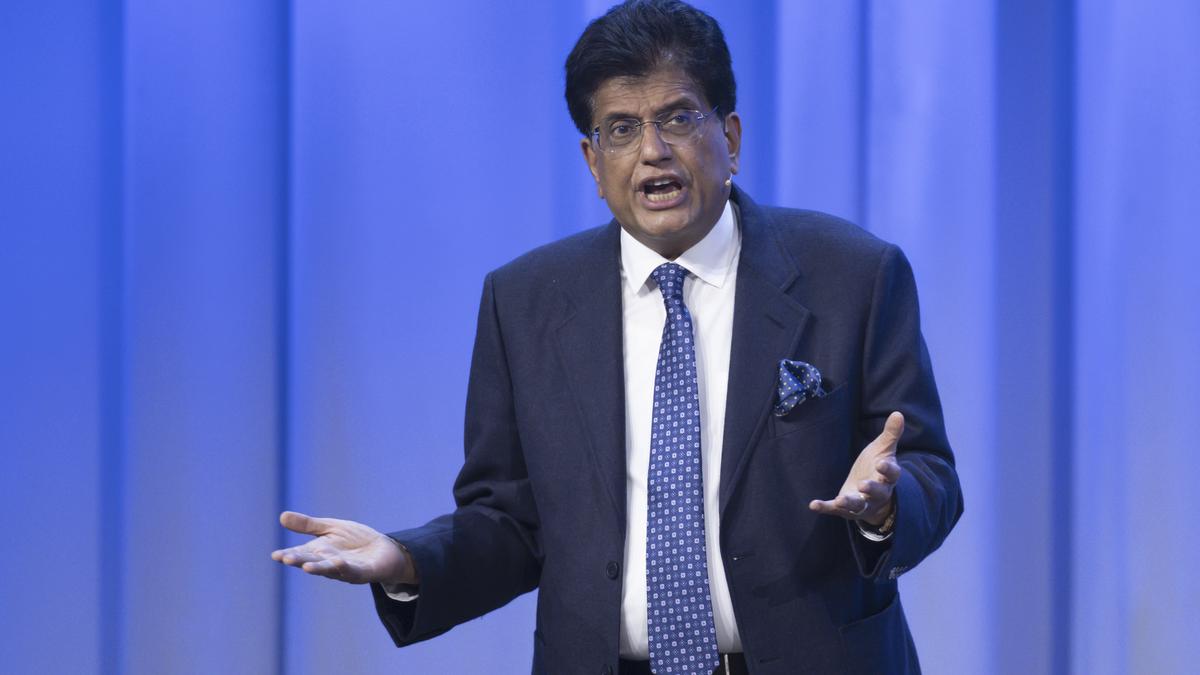Piyush Goyal Projects India's Exports to Surpass $900 Billion

India's goods and services exports are on a remarkable upward trajectory, with projections indicating a surge beyond $900 billion in the fiscal year 2025-26. Commerce and Industry Minister Piyush Goyal, during his address to an Indian business delegation in Stockholm, highlighted this optimistic outlook despite the backdrop of global economic uncertainties. The minister's confidence stems from India's export performance in the previous year, which reached an all-time high of $825 billion, up from $778 billion in 2023-24.
The resilience of India's export sector is evident as it navigates through challenges posed by the Russia-Ukraine conflict, the Israel-Hamas war, and the Red Sea crisis. These geopolitical tensions have not deterred the country's trade momentum, showcasing the strength and adaptability of its economy. Goyal's statements underscore the government's commitment to fostering trade and investment, both domestically and internationally, to sustain this growth.
During his official visit to Stockholm, Goyal engaged with his Swedish counterpart and local companies to explore avenues for enhancing bilateral trade and investments. This diplomatic effort is part of India's broader strategy to expand its global trade footprint and secure new markets for its goods and services. The Federation of Indian Export Organisations (FIEO) supports this vision, projecting a 21% year-on-year growth that could elevate India's exports to $1 trillion by 2025-26.
The consistent growth in India's exports, with the U.S. remaining its largest trading partner for the fourth consecutive year, reflects the country's increasing prominence on the global stage. As India continues to navigate through global turmoil, its export sector stands as a testament to the nation's economic resilience and potential for future expansion. The government's proactive measures and the private sector's dynamism are pivotal in achieving these ambitious targets, setting a positive outlook for India's trade landscape.


